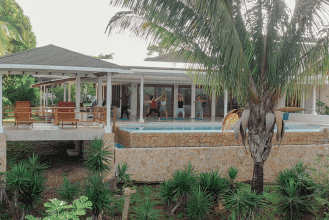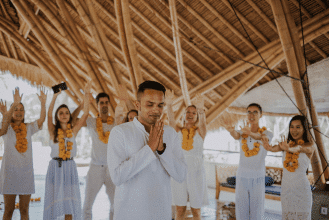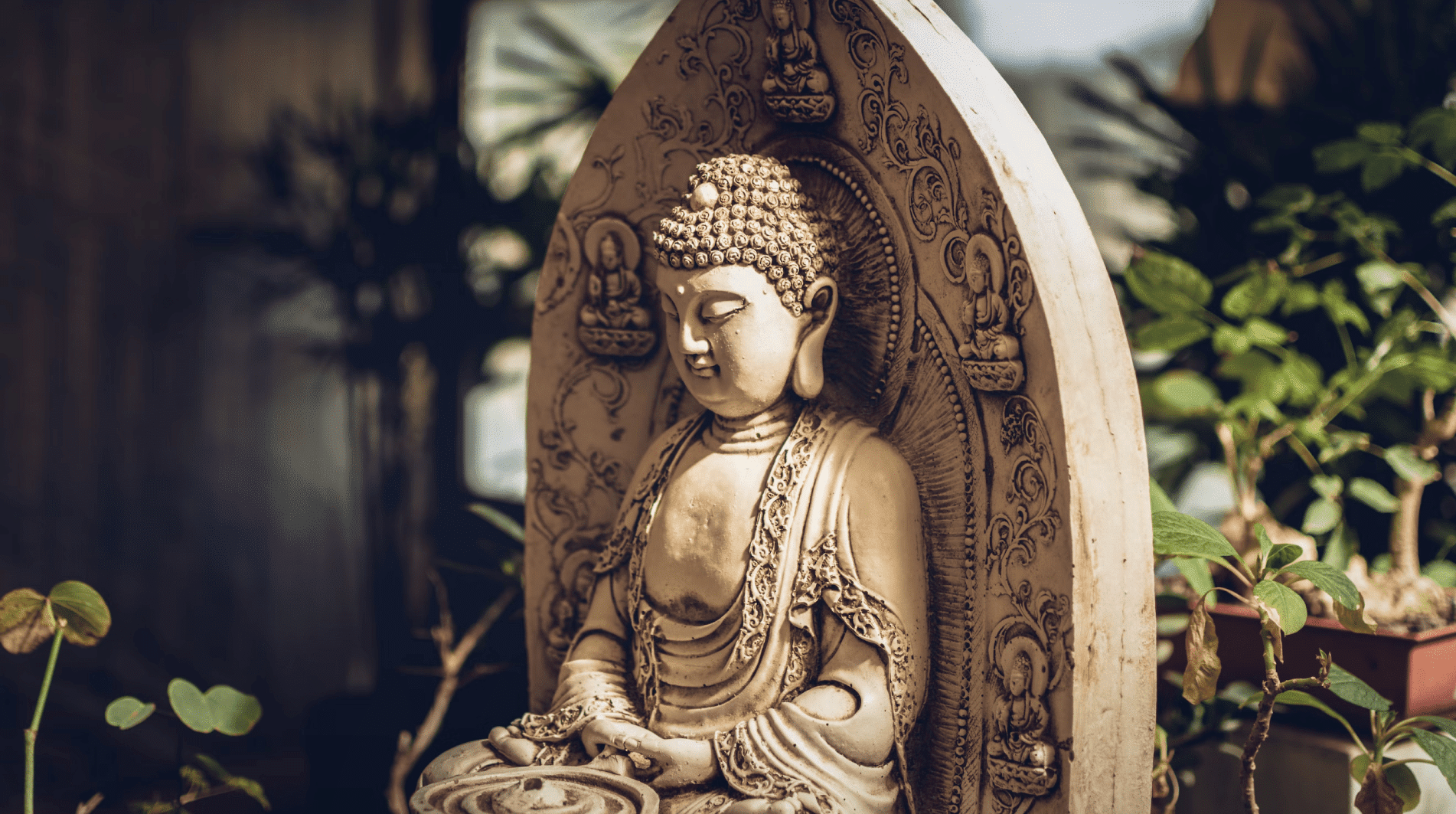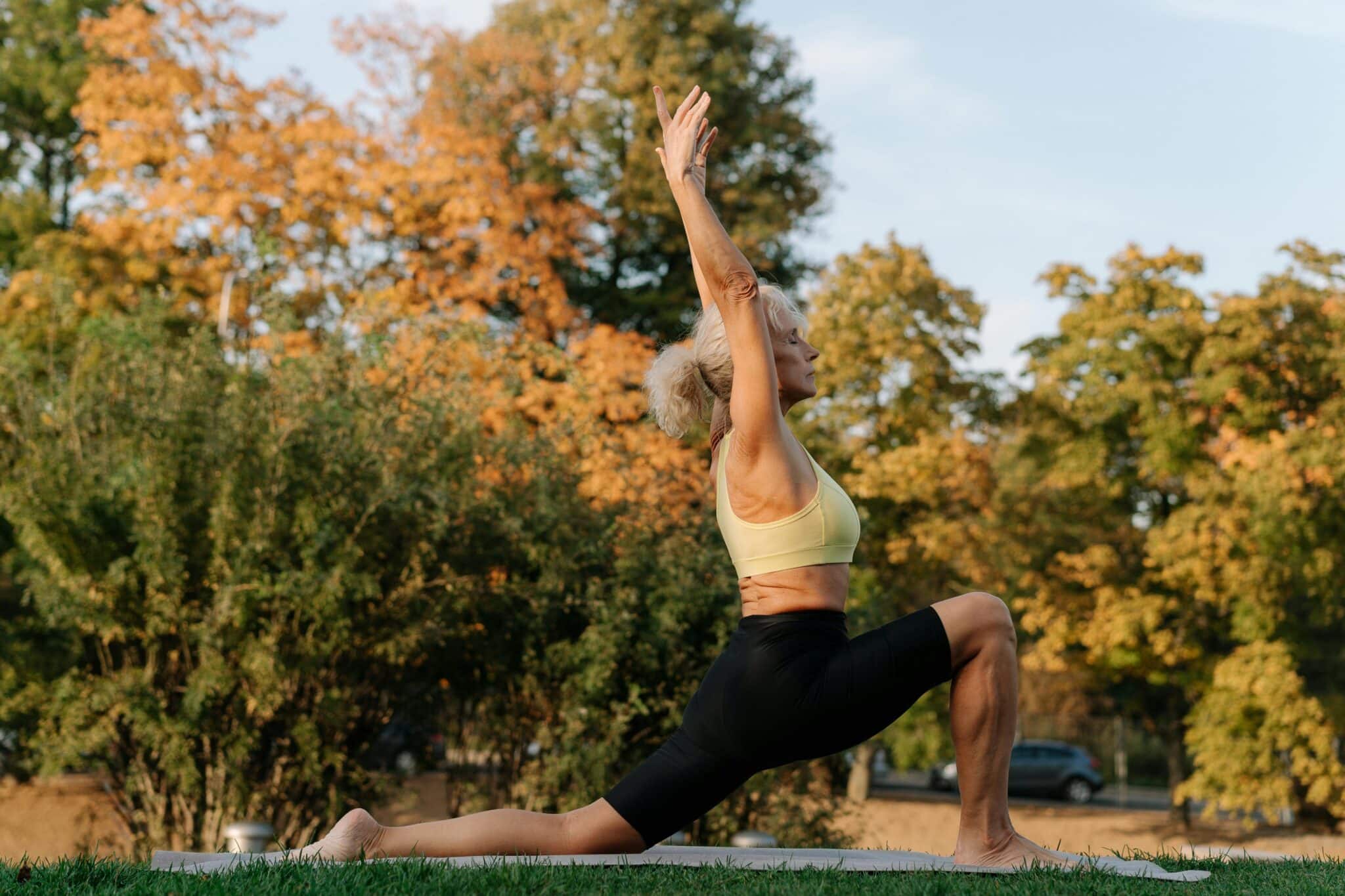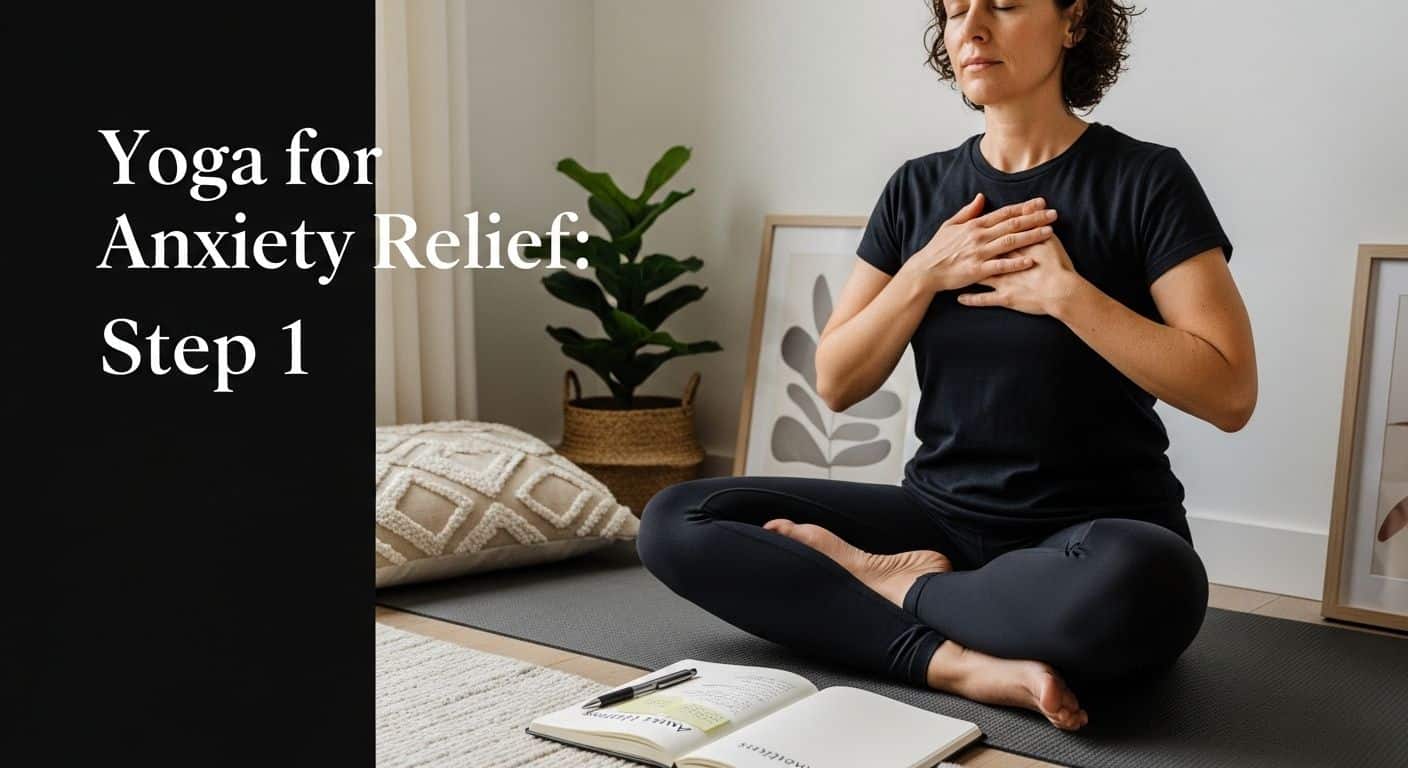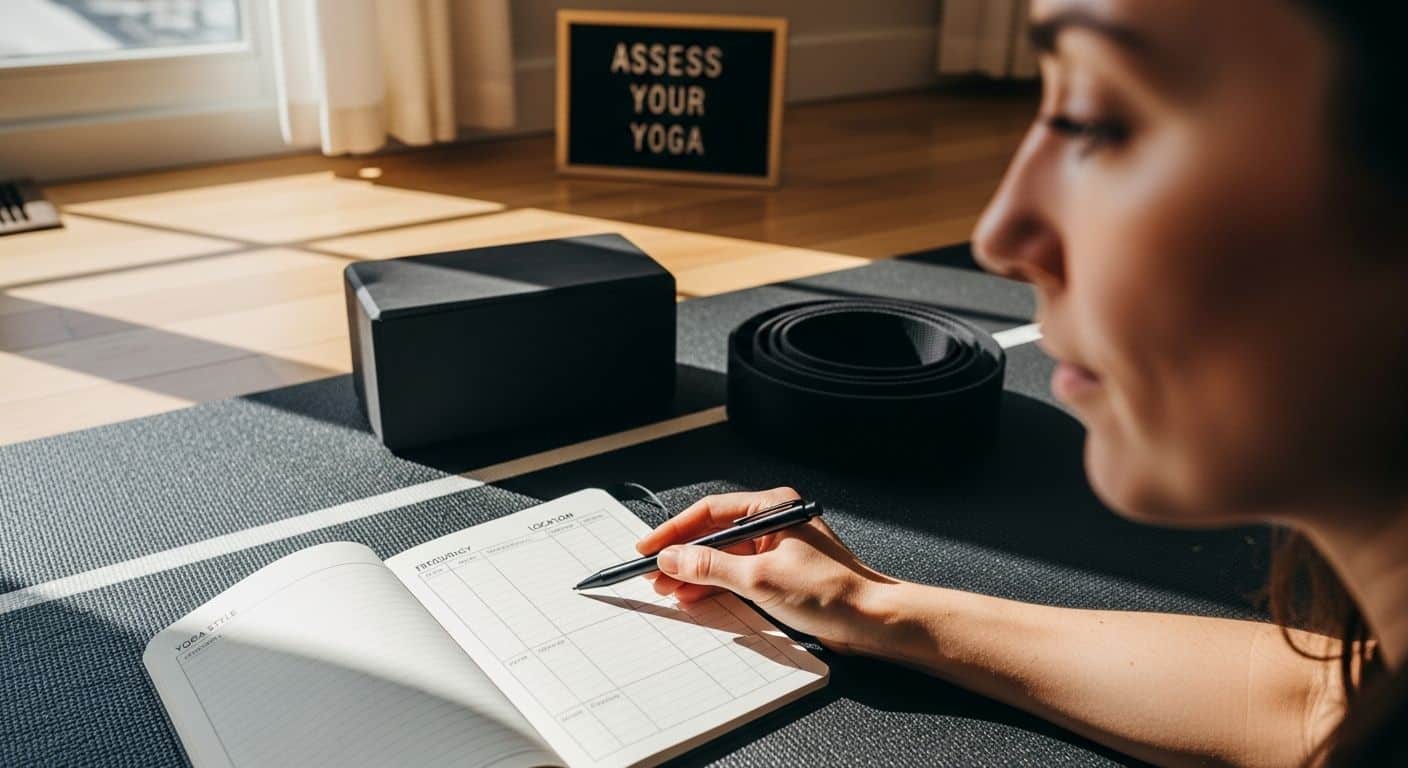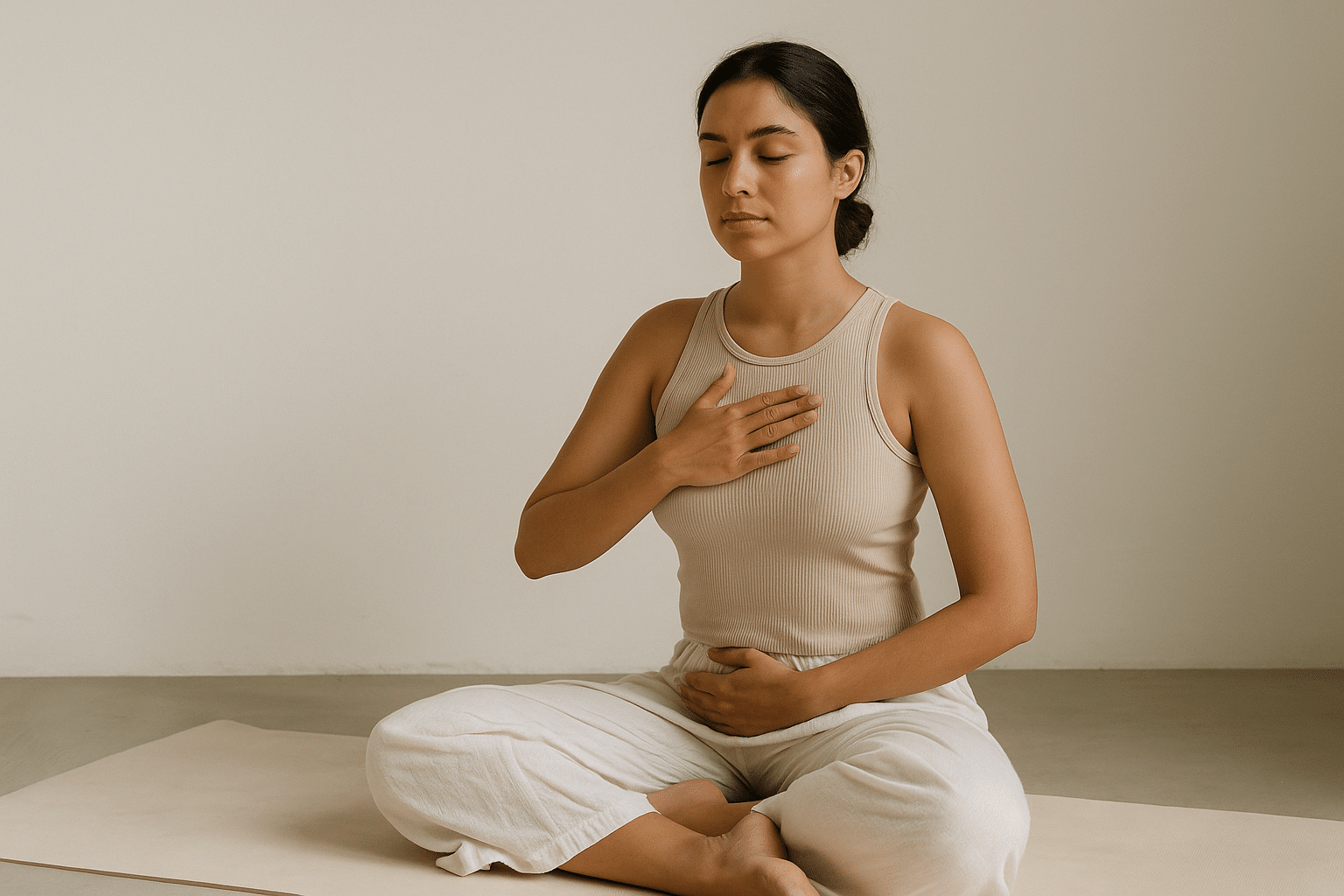
In today’s fast-paced world, many of us carry stress in our bodies long before we recognize it in our minds. Shoulders creep upward, jaws tighten, and breath becomes shallow. These unconscious habits can leave us stuck in cycles of tension, anxiety, and fatigue. Somatic yoga offers a gentle but powerful way to break free.
Unlike yoga styles that emphasize achieving external shapes, somatic yoga shifts the focus inward. It invites you to feel, notice, and move with awareness — not to perform but to reconnect with your body as it truly is. Rooted in the word soma, meaning “living body,” somatic yoga emphasizes the internal experience of movement. It is less about how a pose looks and more about how it feels.
In this guide, we’ll explore what somatic yoga is, its principles and benefits, how it compares to traditional yoga, and how you can begin practicing this mindful approach to movement.
What Is Somatic Yoga?
Somatic yoga is a practice that blends the principles of somatic movement — slow, mindful exercises designed to release habitual tension — with the breath, awareness, and philosophy of yoga.
The word “somatic” comes from the Greek soma, meaning the living body in its wholeness. Somatic practices are about sensing and experiencing from the inside out, rather than focusing on what an external observer might see. In somatic yoga, this inward focus is combined with gentle yoga postures and breathwork to create a deeply restorative and transformative practice.
Where many forms of yoga guide practitioners toward alignment or flexibility, somatic yoga asks you to notice the subtle messages of your body. Instead of pushing toward a goal, you learn to listen, soften, and move with curiosity. This makes somatic yoga particularly effective for releasing chronic tension, repatterning the nervous system, and cultivating embodied presence.
The Principles of Somatic Yoga
While somatic yoga can look different depending on the teacher, most practices share several core principles:
1. Mindful Awareness
Somatic yoga teaches you to notice the internal sensations of movement — the pull of muscles, the quality of your breath, the sense of ease or resistance. This awareness allows unconscious tension to surface and release.
2. Gentle, Slow Movement
Rather than big dynamic flows, somatic yoga emphasizes small, intentional movements. By slowing down, you give the brain time to learn new patterns and break old ones.
3. Repatterning the Nervous System
Chronic tension often lives in the nervous system as much as the muscles. Somatic yoga helps retrain the body’s responses, teaching it to relax, soften, and move more freely.
4. Non-Performance
There is no “perfect pose” in somatic yoga. The focus is on your lived experience, not on achieving a shape. This non-judgmental approach makes the practice accessible to anyone, regardless of fitness level or yoga experience.
5. Trauma-Informed Approach
Many teachers of somatic yoga incorporate a trauma-sensitive lens, offering choices, emphasizing safety, and encouraging practitioners to move only in ways that feel nourishing. This creates a space of trust and compassion.
Benefits of Somatic Yoga
Somatic yoga benefits the whole being — body, mind, and spirit. On a physical level, it releases chronic tension, improves mobility, eases pain, and supports recovery. On an emotional level, it reduces stress and is highly effective as somatic yoga for anxiety. Many trauma survivors find relief through this style because of its emphasis on choice and compassion. Spiritually, it deepens self-awareness, enhances presence, and fosters compassion toward self and others. In short, somatic yoga can be both profoundly healing and profoundly liberating.
Somatic Yoga vs. Traditional Yoga
While both somatic yoga and traditional yoga share the goal of cultivating awareness, their approaches can feel quite different. Traditional yoga often emphasizes alignment, form, and flow, while somatic yoga prioritizes the internal experience of movement. Many classes move dynamically, but a somatic yoga workout emphasizes slowing down and repeating small moves to retrain the body. Traditional yoga might ask you to deepen a posture, while somatics focuses on the awareness of sensation. Rather than one replacing the other, they are complementary. Somatic yoga can enrich your existing practice, making even a familiar sequence feel new by focusing on the inner experience.
Somatic Yoga Practices to Try
You don’t need a long sequence or special equipment to begin somatic yoga. Here are a few simple somatic yoga moves you can try right now:
1. Pandiculation for the Spine
Lie on your back with your knees bent. Slowly arch your back, tensing slightly into the stretch, then release with a long exhale. Think of a cat waking up from a nap. This deliberate contracting and releasing resets the nervous system and dissolves chronic tension.
2. Somatic Cat-Cow
Come onto hands and knees. Move through Cat-Cow, but instead of flowing quickly, move slowly and pause often. Notice each vertebra, shifting awareness up and down your spine. Explore micro-movements — side-to-side wiggles, circular hips — to sense areas that feel stuck.
3. Pelvic Clock
Lying on your back with knees bent, imagine your pelvis is a clock face. Tilt it gently toward 12 o’clock (navel), then roll it to 6 o’clock (tailbone). Explore side to side — 3 o’clock and 9 o’clock — then make a slow circle. This smooths movement through the lower back and sacrum.
4. Shoulder Blade Slides
Lying down or seated, bring your awareness to your shoulder blades. Gently slide one shoulder up toward your ear, then down toward your waist. Move slowly and sense how the rest of your torso responds. This awakens forgotten mobility and eases upper body tension.
5. Somatic Savasana Scan
Lie comfortably on your back. Starting at your feet, bring attention to one body part at a time. Add a small movement — like wiggling toes, rotating ankles, or gently pressing the back of your head into the mat. Release, then notice the after-sensation. This cultivates awareness and deep rest.
Each of these practices is less about “doing it right” and more about noticing what arises.
Who Is Somatic Yoga For?
The beauty of somatic yoga is that it’s accessible to nearly everyone. Ultimately, it’s for anyone who wants to reconnect with their body and move with greater awareness.</p>
For beginners: Somatic yoga is a welcoming entry point, free from pressure to “perform” poses.
For those with chronic pain: Gentle movements can help release long-held tension and reduce discomfort.
For trauma survivors: The emphasis on choice and self-awareness creates a safe, healing environment.
For experienced yogis: Somatic principles can deepen your awareness, helping you find more ease in advanced postures.
Somatic Yoga in Teacher Training
<p><span style=”font-weight: 400;”>As yoga evolves, more teachers are integrating somatic principles into their classes. Whether it’s offering slower warm-ups, guiding body scans, or encouraging students to focus on sensation rather than form, these approaches make yoga more inclusive and healing. For anyone interested in guiding others, teacher trainings or somatic yoga certification programs can provide the skills to teach from a trauma-informed, body-aware perspective.
At Yoga East+West, our teacher trainings go beyond teaching postures. We emphasize embodied awareness, mindfulness, and the inner journey of yoga. Students not only learn alignment and sequencing, but also how to guide others into practices that support deep connection and holistic well-being. Somatic yoga aligns beautifully with this mission, offering tools that meet students exactly where they are.
If you feel called to explore this further, consider joining one of our trainings in Bali or Costa Rica. You’ll experience yoga not just as exercise, but as a path of transformation, awareness, and healing.
Final Thoughts on Somatic Yoga
<span style=”font-weight: 400;”>Somatic yoga reminds us that movement is not just about shapes, but about presence. By slowing down and tuning in, we rediscover the wisdom of the body and the power of awareness.
This practice invites you to soften where you’ve been holding, to move with curiosity rather than judgment, and to honor the messages your body has been carrying all along.
As the yogic sage Patanjali wrote, “Yoga is the stilling of the fluctuations of the mind.” Somatic yoga helps us reach that stillness — not by force, but by listening.
If you are ready to explore somatic yoga more deeply, both as a practitioner and a teacher, consider training with Yoga East+West. In Bali and Costa Rica, we bring together master teachers from the East and West to share the timeless wisdom of yoga. Here, you’ll not only expand your knowledge of postures and philosophy but also discover how to guide others into practices of awareness and embodied healing.

